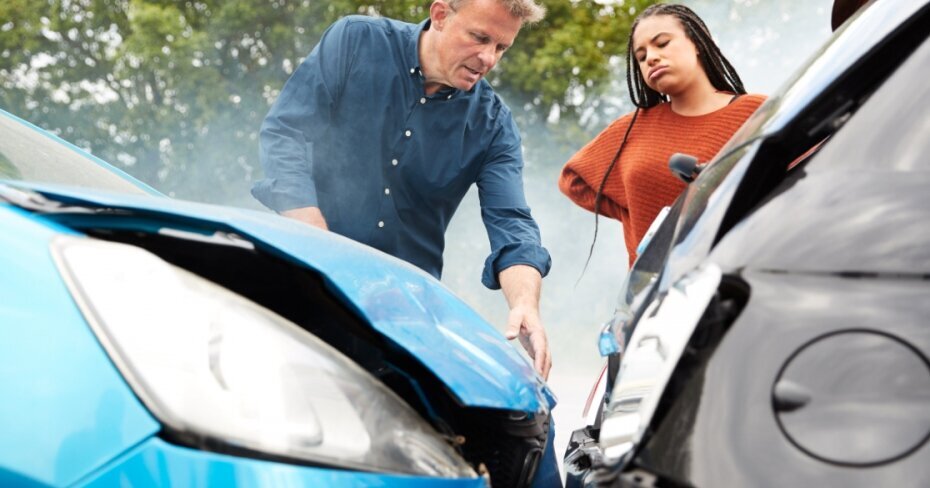Do different types of collisions impact your car insurance rates?
By: Mike Friskney on June 3, 2021
One of the first questions that goes through a person’s mind when they’re involved in a collision is: “How will this impact my insurance premium?”
It’s not uncommon to assume that the severity of the collision is what insurance companies look at when deciding whether or not to raise your car insurance rates. But that’s not the case.
The type of collision you’re in doesn’t actually matter. Insurance companies don’t rate collisions as “minor” (like, say, a fender bender) or “major” (like if you happened to get T-boned at an intersection). Collisions are merely rated based on whether they are considered chargeable or non-chargeable.
“Usually, an accident is viewed as chargeable when the driver is deemed 50% or more at fault (based on the fault determination in the province of the accident),” says Matthew Johnson, customer care manager at Sonnet Insurance.
If you’re involved in a collision but not at fault, then the collision is non-chargeable and your insurance premium should not go up.
How does a chargeable collision affect your insurance premium?
If you do get into a collision and the damage is considered chargeable, you can expect to see an increase in your vehicle insurance premium.
“A chargeable accident would be applied to the person’s insurance history for the next six years,” says Johnson. But the rate increase won't be immediate. “This would happen when the policy is renewed, not during the policy term.”
The way a chargeable collision impacts someone’s insurance premium for those next six years is based on something called the Driving Record (DR).
How the Driving Record impacts your insurance premium
The DR is a scale that ranges from 1-6 and tells insurance companies how long a driver has been insured and driving for without being involved in a chargeable collision.
“If the driver has been driving and insured for 4 years, they will be a DR 4,” says Johnson. “A chargeable accident sets this DR back to 0 for the first renewal term after the chargeable accident. A DR of 0 is one of the factors that goes into determining rates.”
While the financial impact of a chargeable collision can follow you for some time, there is good news. “The accident is weighted less each year that the driver does not have another chargeable accident,” says Johnson. In other words, for every year that you are chargeable collision-free, your previous chargeable collision will have less bearing on the cost of your premium.
And when it comes to the impact on a person’s insurance premiums, no two drivers are the same.
Both can have the misfortune of being involved in collisions that are identical yet the amount that their insurance premiums increase can be different. This is because there are other factors that go into rating the policy, says Johnson.
“These factors can include things like: the area where the driver is located, the Canadian Loss Experience Automobile Rating (CLEAR) rate group of the vehicle in question (i.e. a rating that indicates how likely a vehicle model will be involved in an insurance claim), or if the at fault accident was also accompanied by a conviction such as speeding or reckless driving.”
Can you be involved in a collision and not have your premium increase?
Yes. If you didn’t cause the collision (or it was deemed to be less than 50% your fault), your insurance premium should not go up.
Johnson offers up the following example. “If you’re rear-ended, and no one in front of you was hit, you would be considered to be not at fault and the accident would not have an impact on your insurance premium,” he says.
The bottom line: it doesn’t matter if the damage is minor or major. If you’re in no way at fault for the collision, then your insurance premium should remain the same.

.jpg?itok=88nBkwga)
.jpg?itok=W5fSKczJ)